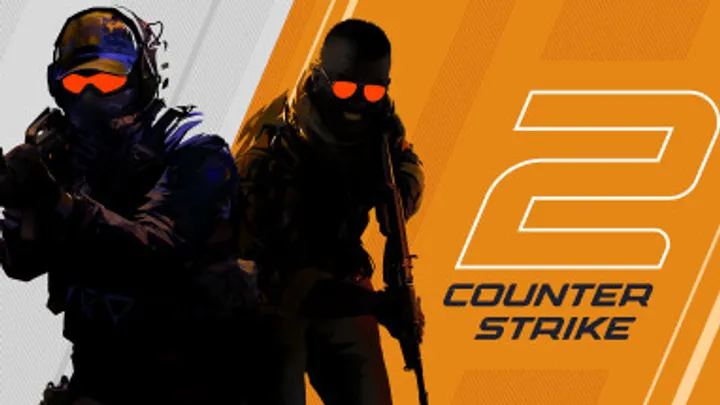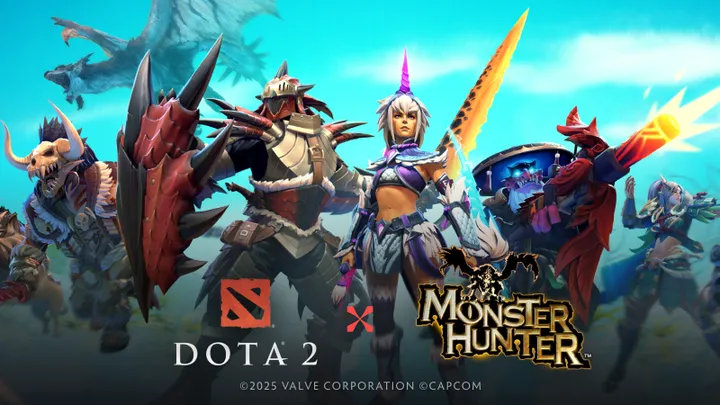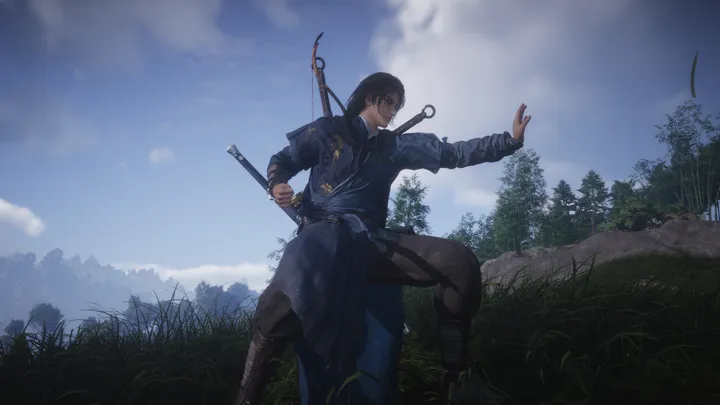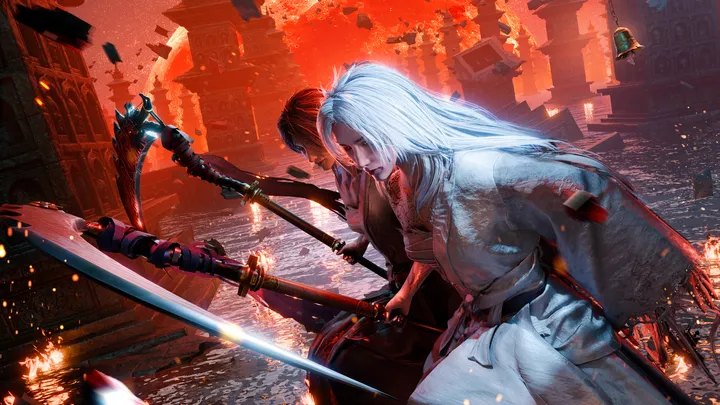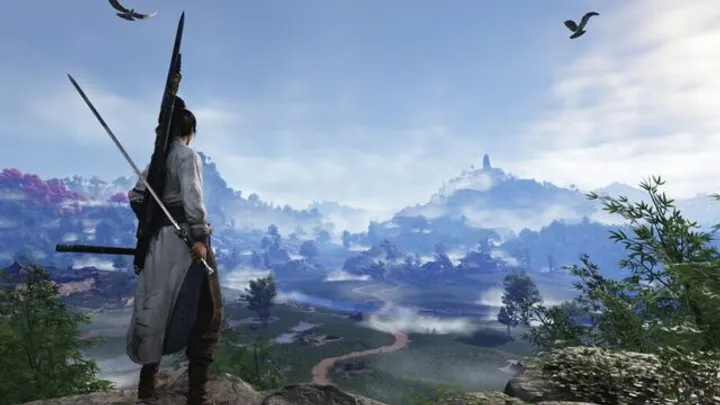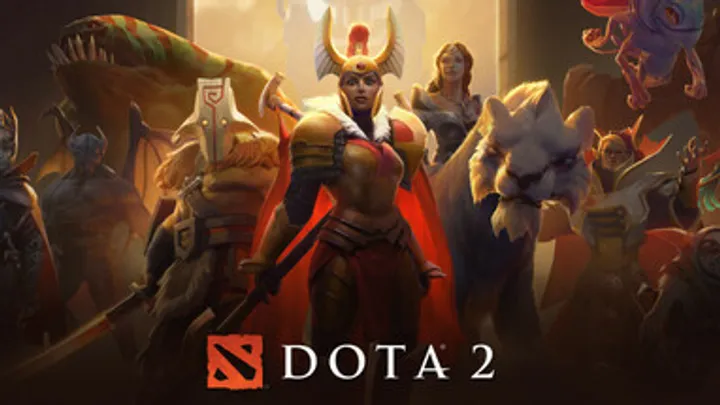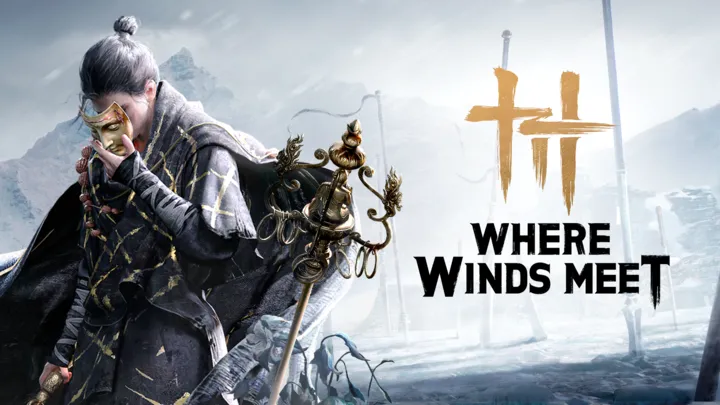Dota 2 is one of the most competitive and strategically complex multiplayer online battle arena (MOBA) games. Winning consistently requires not only mechanical skill but also deep knowledge of heroes, items, timing, and teamwork. This guide provides practical tips and structured strategies for players of all levels, from beginners seeking to climb the ranks to advanced players looking to refine their gameplay. By focusing on key aspects of the game, players can enhance their understanding, improve their decision-making, and ultimately perform better in matches.
Understanding Your Role
One of the most fundamental aspects of Dota 2 is understanding your role within the team. Each player has a specific role, such as carry, support, offlaner, midlaner, or roaming support, and knowing your responsibilities can determine the outcome of the match.
Carry heroes are responsible for dealing the majority of your team's damage in the late game. They typically require farming and careful positioning during team fights. A successful carry must understand power spikes, item timings, and the best moments to join fights.
Supports focus on helping the team through vision, healing, crowd control, and securing objectives. Vision control through wards and dewards is critical. A good support ensures the carry can farm safely and disrupts the enemy’s plans.
Tips:
- Always buy wards and sentries when possible.
- Communicate enemy movements to your team using the in-game ping system.
- Position yourself in fights to maximize impact without overexposing yourself.
Mastering Hero Mechanics
Every hero in Dota 2 has unique abilities, attack types, and combos. Learning the mechanics of your preferred heroes will significantly improve your in-game efficiency.
Skill Usage: Timing and sequencing your skills correctly can turn the tide of a fight. For instance, initiating with crowd control abilities before dealing damage ensures maximum efficiency.
Combos and Item Synergies: Some heroes have natural combos with certain items. For example, combining Blink Dagger with disables or high burst damage items like Black King Bar or Ethereal Blade can lead to easy kills.
Tips:
- Practice skill combos in bot matches before taking them into ranked games.
- Watch professional replays to understand advanced mechanics and combos.
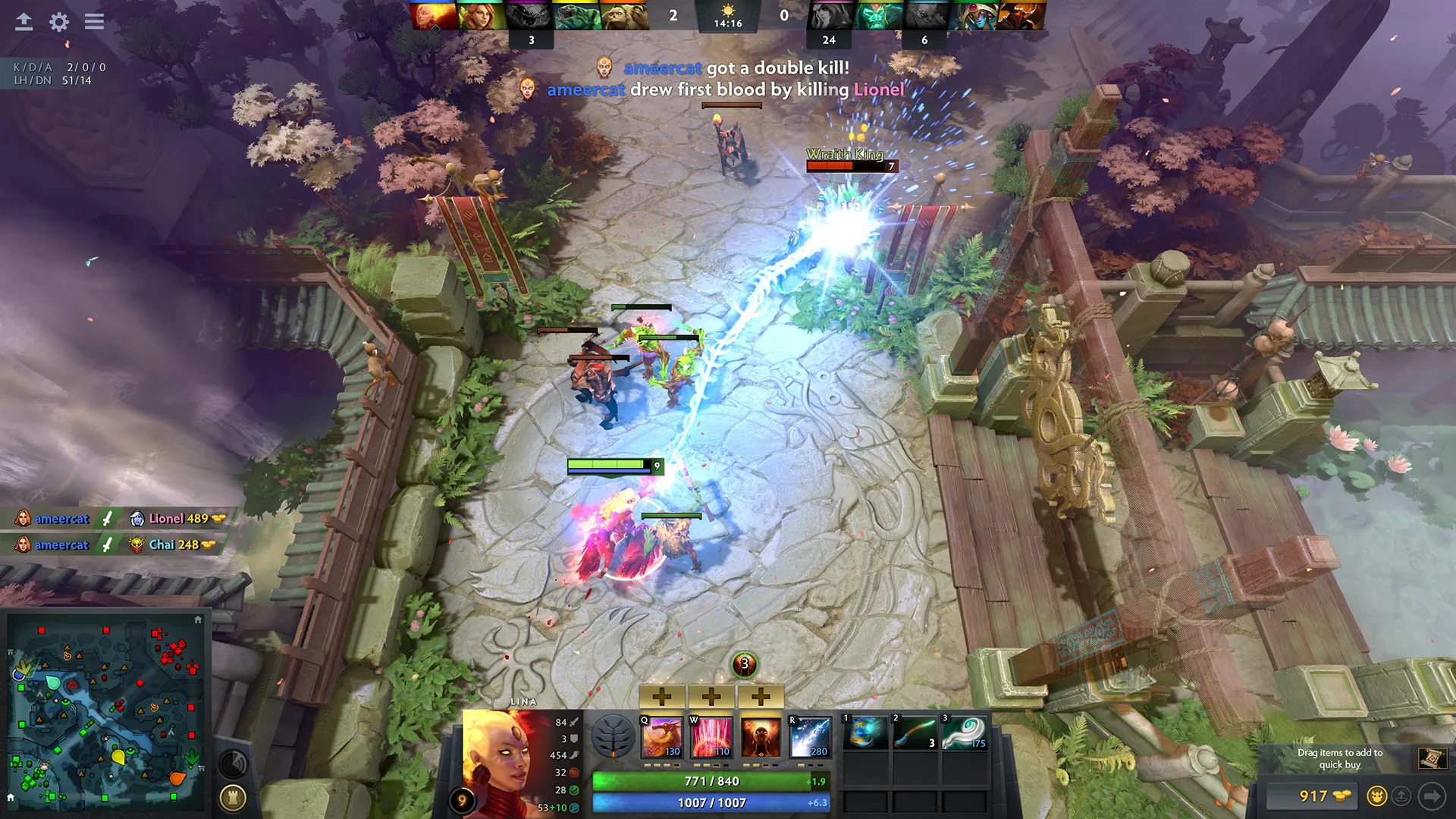
Early Game Laning
The early game sets the tone for the rest of the match. Effective laning ensures good farm and experience, which are crucial for scaling into the mid and late game.
Last-Hitting and Denying: Improving last-hitting ensures you maximize your gold intake. Denying enemy creeps reduces their experience gain and creates a lane advantage.
Lane Control: Positioning creeps strategically can help control the lane. Pulling neutral camps or stacking creeps at the right time ensures your carry gets safe farm while harassing the opponent.
Tips:
- Practice timing your last-hits for consistent gold gain.
- Use early wards to spot enemy rotations and avoid ganks.
- Coordinate with supports for pulls and harass opportunities.
Mid-Game Strategy
Once the laning phase is over, the focus shifts to objectives, rotations, and team fights. Mid-game is where momentum is often gained or lost.
Map Awareness: Constantly checking the minimap allows you to respond to threats, capitalize on weaknesses, and coordinate ganks. Vision is critical to controlling this phase of the game.
Item Timing: Acquiring key mid-game items like Blink Dagger, Force Staff, or Mekansm can provide an advantage. Timing these items with team coordination maximizes impact in fights.
Tips:
- Prioritize objectives like towers and Roshan when the enemy is missing.
- Use smoke ganks to surprise the enemy and gain map control.
- Communicate item timings with teammates to synchronize team fights.
Advanced Map Control
Winning Dota 2 requires dominating the map through vision, mobility, and awareness. Proper map control denies the enemy safe farming space and opportunities to execute their strategies.
Wards and Sentries: Wards provide vision in key locations while sentries remove enemy wards. This knowledge ensures safer farming and better team fights.
Controlling Roshan: Securing Roshan offers your team the Aegis of the Immortal, a key advantage in mid and late game. Knowing when and how to take Roshan is essential for map control.
Tips:
- Place wards in high-traffic areas like jungle entrances and river paths.
- Monitor enemy movement to predict Roshan attempts.
- Coordinate team positioning to contest or secure Roshan safely.
Team Fights and Positioning
Team fights can determine the outcome of the game. Proper positioning and timing are key to winning engagements and minimizing deaths.
Initiation: Identify when to start a fight. Heroes with disables or AoE abilities usually lead initiations. A successful initiation sets up a favorable fight for your team.
Focus Targets: Focus priority targets, usually the enemy carry or key support heroes. Eliminating these targets quickly creates a numerical advantage in fights.
Tips:
- Stay behind your frontliners if you are a squishy hero.
- Use defensive items like Black King Bar or Eul’s Scepter at the right moment.
- Always track enemy buybacks and cooldowns during team fights.
Late Game Decision Making
The late game is often tense, where one mistake can cost the match. Effective decision-making is critical during this phase.
High Ground Defense: Defending your base requires careful coordination. Avoid overextending and wait for the right moment to engage the enemy team.
Split Pushing: Using split push tactics creates pressure across the map and forces enemies to respond, opening opportunities for objectives or team fights.
Tips:
- Coordinate with your team before high ground pushes.
- Use wards to monitor enemy movements while split pushing.
- Don't engage in fights without vision and proper positioning.
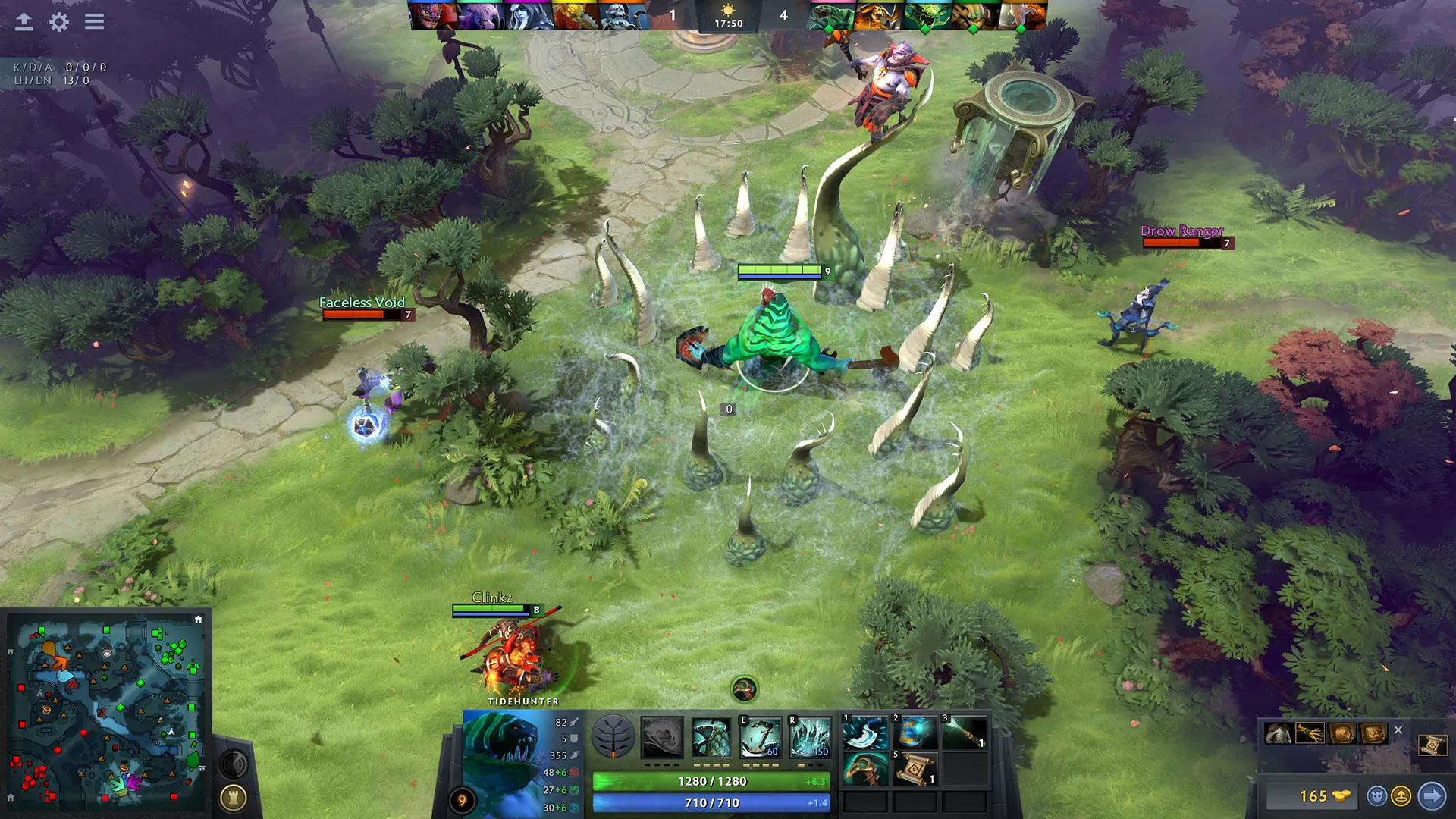
Itemization and Adaptation
Choosing the right items based on the enemy lineup is critical. Flexibility in item builds often determines success in different scenarios.
Situational Items: Some items counter specific heroes or strategies. For example, Ghost Scepter against heavy physical damage or Pipe of Insight against magic-heavy lineups.
Core vs. Luxury Items: Core items are essential for your hero’s effectiveness, while luxury items enhance survivability or late-game damage. Balancing both ensures maximum impact.
Tips:
- Adapt your build according to the enemy’s strengths.
- Track enemy item progression to anticipate threats.
- Communicate your item plan to the team for better coordination.
Communication and Team Coordination
Dota 2 is a team game, and communication often separates winning teams from losing ones. Proper coordination increases efficiency in ganks, fights, and objective control.
Ping and Chat: Use pings to quickly convey information like enemy missing heroes, incoming ganks, or suggested rotations. Keep chat concise and constructive.
Calling Objectives: Coordinate tower pushes, Roshan attempts, or defensive maneuvers. Having one player lead strategic calls reduces confusion and ensures synchronized actions.
Tips:
- Stay positive and avoid blaming teammates; morale affects performance.
- Always ping for attention before making a big move like a smoke gank.
- Use voice or text communication for quick coordination during fights.
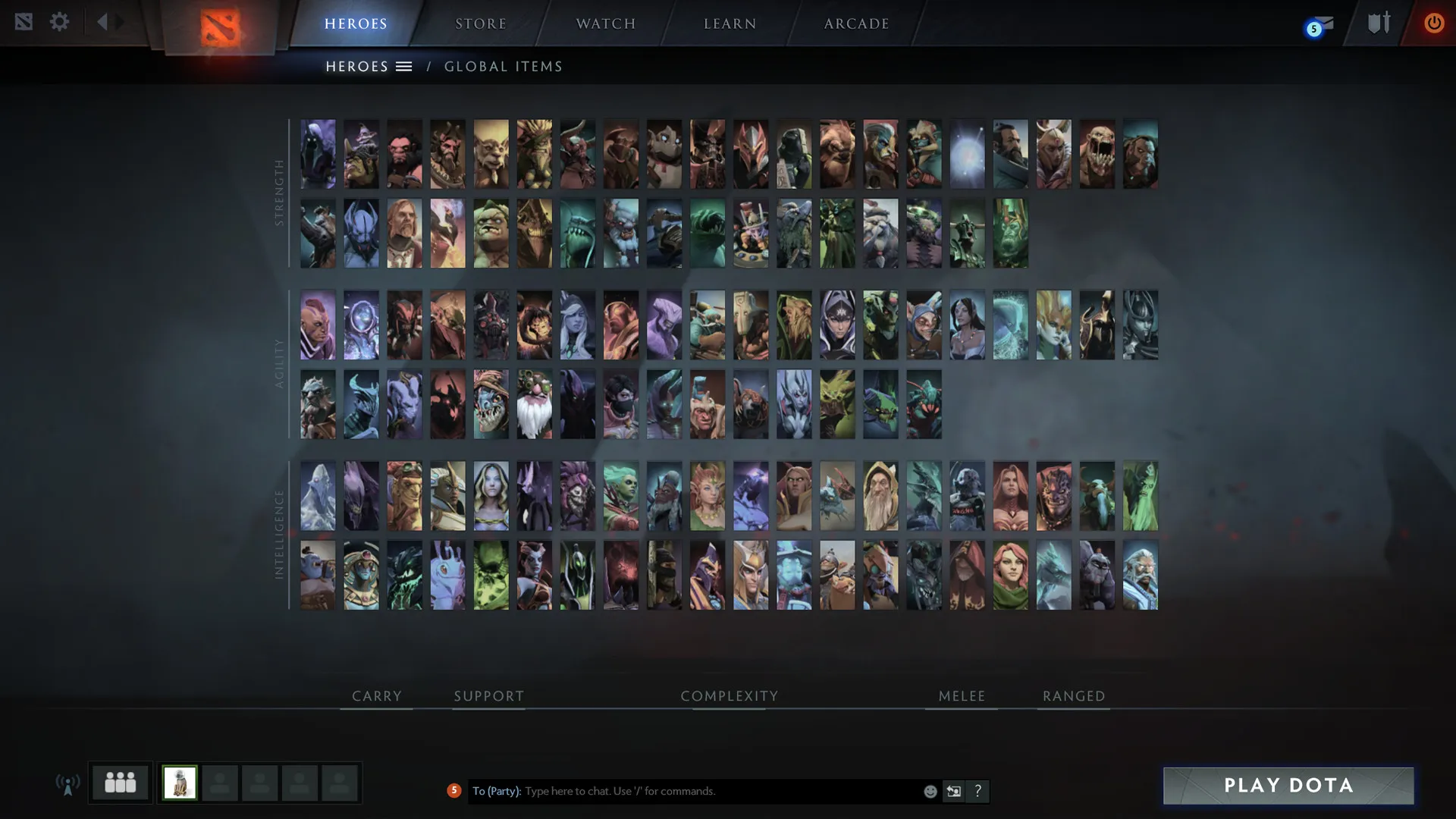
Watching and Learning
Continuous improvement comes from observing high-level play. Watching professional matches, streams, or replays offers insights into strategy, positioning, and decision-making.
Replay Analysis: Review your own games to identify mistakes and missed opportunities. Learning from failure accelerates skill growth.
Pro Match Observations: Notice item builds, timing, and rotations used by professionals. Apply these insights to your own matches, adjusting for skill level and team composition.
Tips:
- Focus on a few heroes at a time to understand their nuances.
- Take notes on positioning, timings, and itemization strategies.
- Implement one improvement per game for steady progress.
Maintaining Mental Focus and Improving Consistency
Dota 2 is mentally demanding, and consistency is key to climbing the ranks. Developing the right mindset ensures better performance under pressure.
Avoid Tilt: Stay calm even after losses. Tilt leads to poor decision-making and decreases teamwork efficiency. Take breaks if needed to maintain focus.
Practice Routine: Regular practice focusing on mechanics, map awareness, and hero mastery helps build muscle memory and strategic thinking over time.
Tips:
- Keep a balanced schedule to prevent fatigue.
- Review and learn from every match, win or lose.
- Set small achievable goals for each gaming session.
Conclusion
Dota 2 is a deep, strategic game where success depends on understanding your role, mastering hero mechanics, optimizing laning, map control, team coordination, and mental focus. By following these tips and guides, players can steadily improve their performance and enjoy a more rewarding gaming experience.









